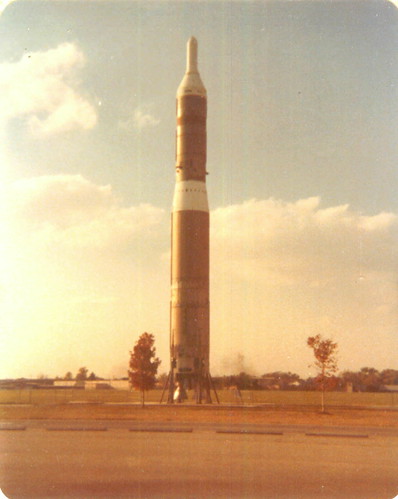Bernard Schriever and the Ultimate Weapon
/
In the years following the Second World War, the world changed, with the balance of power fundamentally changing to polarize the world between the United States and the Soviet Union. The United States was virtually untouched by the war, with its infrastructure and industrial base, already booming from supplying the military with hardware, and allowed the United States to establish its power as one of the dominant forces in the world. The Soviet Union, while devastated by the attacks from Germany, with tens of millions of people killed, maintained a large conventional military with the desire to expand its influence. The roots of this conflict had begun much earlier, and throughout the Second World War, this began to rise between the two nations.
It is within this context that we see the dramatic and important rise of Maj. General Bernard Schriever, who helped to implement one of the greatest instruments that the United States could field against the Russians: a deterrent to their nuclear arms, the Intercontinental Ballistic Missile (ICBM), and an organization that could deploy and support this weapons system. Neil Sheehan outlines his story in his recent book A Fiery Peace in a Cold War: Bernard Schriever and the Ultimate Weapon.While Schriever wasn't directly involved in the creation of missiles and the advances that brought them further into the sky, he was an early proponent of the technology, and correctly saw that this had the ability to change warfare by eliminating it. A missile deterrent system allowed for both the rapid delivery of nuclear warheads to any point in the globe, but also allowed for a smaller conventional force, a key element to cutting costs under the Eisenhower administration.
The key in this instance was to take the bombs that had been brought the Second World War to an end, and to expand and plan out their use. With the end of the war, the United States enjoyed an unprecedented control of the skies through the Air Force, a major step forward over the Soviets, who were mired with a massive conventional military. Under General Curtis LeMay, bombers were in the skies at all times, even over Russia, where they were untouchable, in a show of power. What Schriever, proposed, after learning of the technology, was a new style of warfare that was drastically different from what had been implemented before: the threat of warfare and mutually assured destruction.
Schriever's story is interwoven with numerous other Air Force officers and specialists who came together during the 1950s and 1960s to develop a viable delivery system and supporting organization, against all odds. Schreiver and his colleagues had to convince not only their superiors, but members of Congress and ultimately, the President of the United States. Sheehan captures a number of these scenes in vivid and exciting detail, keeping an eye towards history, but also towards keeping the reader riveted to the story that he was telling, from both the laboratories, launch fields and the White House. Numerous notable figures make their appearances throughout: General LeMay, President Eisenhower, Robert McNamara and President Kennedy, demonstrating the vast influence that Schreiver would gain over the course of his career.
For a biography, there is a lot left to be desired: Sheehan steers clear of Schriever's personal life, with few notes until the very end, focusing on his professional achievements. Instead, it's better to look at this book as a look at Schriever and his team, and how they changed the world. Johnny von Neumann, the brilliant physicist who helped create the first atomic bomb, and nuclear strategy, Lt. Col. Edward Hall, the difficult rocket engineer who helped to build some of the most critical systems and solve some of the daunting problems, and numerous others who contributed to the success of the program.
Rather than a biography of Schriever, this is a biography of the ICBM, from the Thor and Atlas IRBMs, eventually to the Titan and the Minuteman Missile. With the story of the development of these weapons, there is the story of the incredible struggle to put them into place, but also how the project grew in momentum to overtake Air Power as the dominant defensive doctrine. Sheehan weaves this story seamlessly over the course of ten years. The book is very well written, capturing numerous small details that ultimately flesh out all of the central figures and how they went about their work, but there are some small problems - Sheehan doesn't footnote (although there is an extensive bibliography) anywhere, and at times, the small details are dropped in favor of the overall story and big picture.
Where many military history books are about something that went wrong, this book tells the story of where almost everything went right. The style of warfare that Schriever and his team introduced predicated on the threat of war, rather than outright hostilities. The mere fact that this book was written is a testament to its success, as the United States and the Soviet Union, both rational international players, never would have gone to nuclear war with one another, despite several close calls. Indeed, Schiever was the right person for the job, and took the right risks and directions in which to take the program, while putting together a team of experts, rather than political and commercial appointees.
A Fiery Peace in a Cold War does more than just tell the story of the ICBM; it provides a detailed insight into the workings of the Cold War, one of the most significant times in United States history. As Sheehan points out at the end of his book, the missiles did more than just expand and hold U.S. power in the world; they prevented war, and brought about incredible advances, such as spaceflight. What Sheehan has put together is an incredible story that captures the people central to it and some of the major events that shaped the middle of the 20th century.
